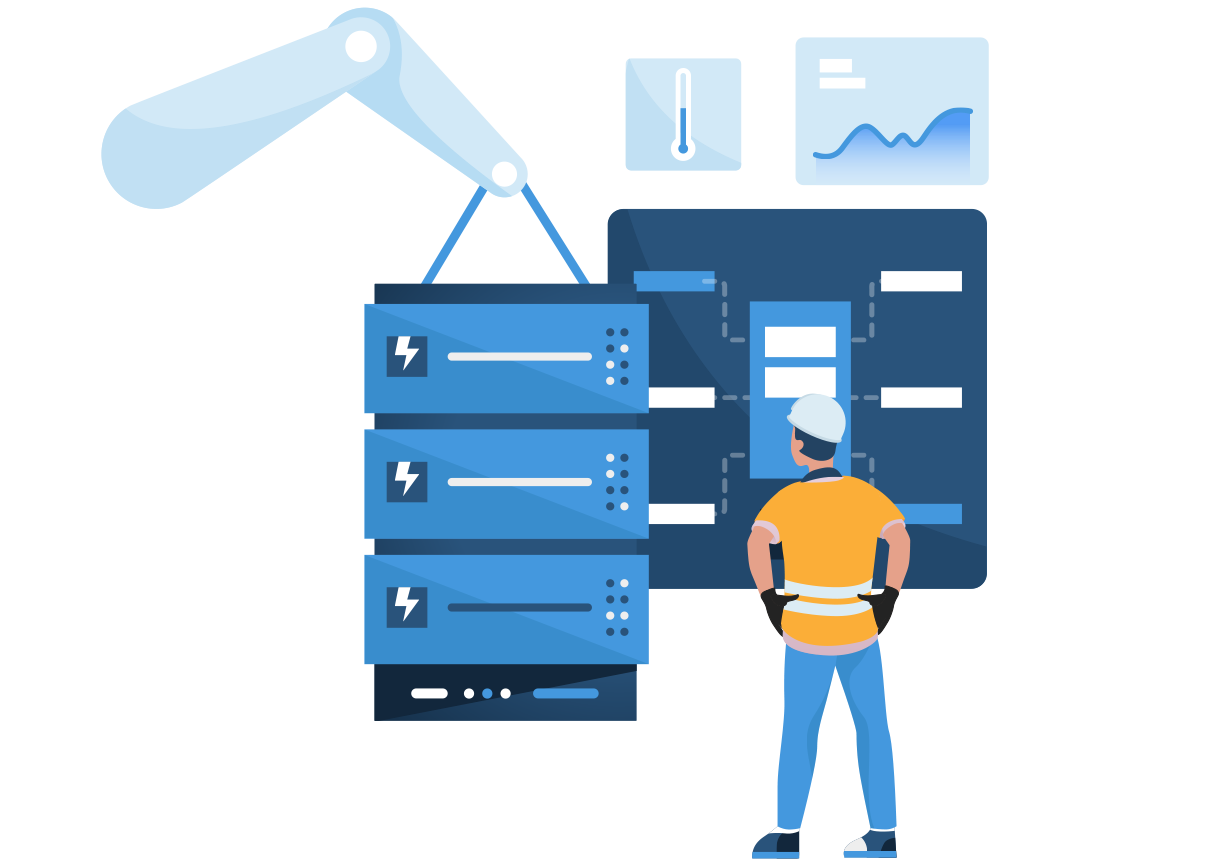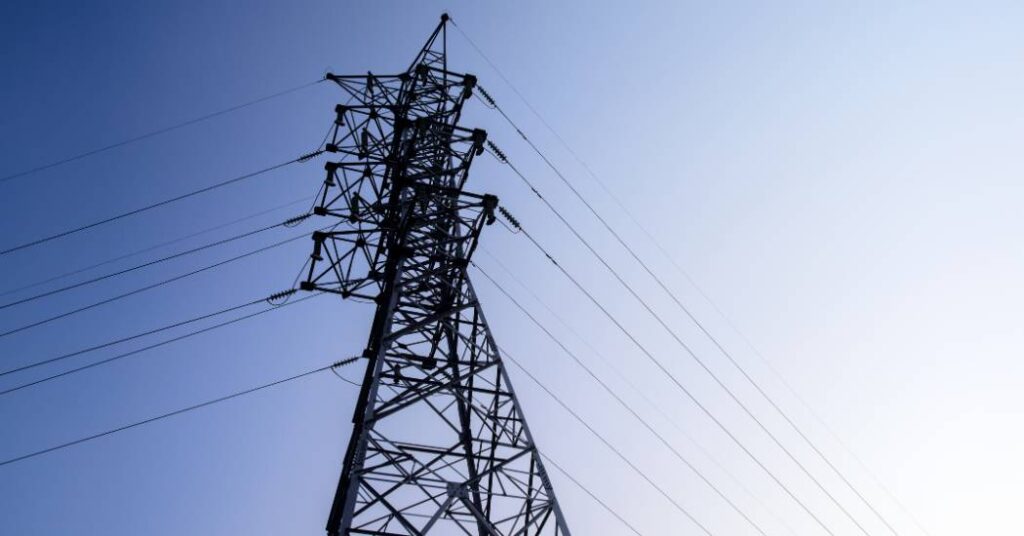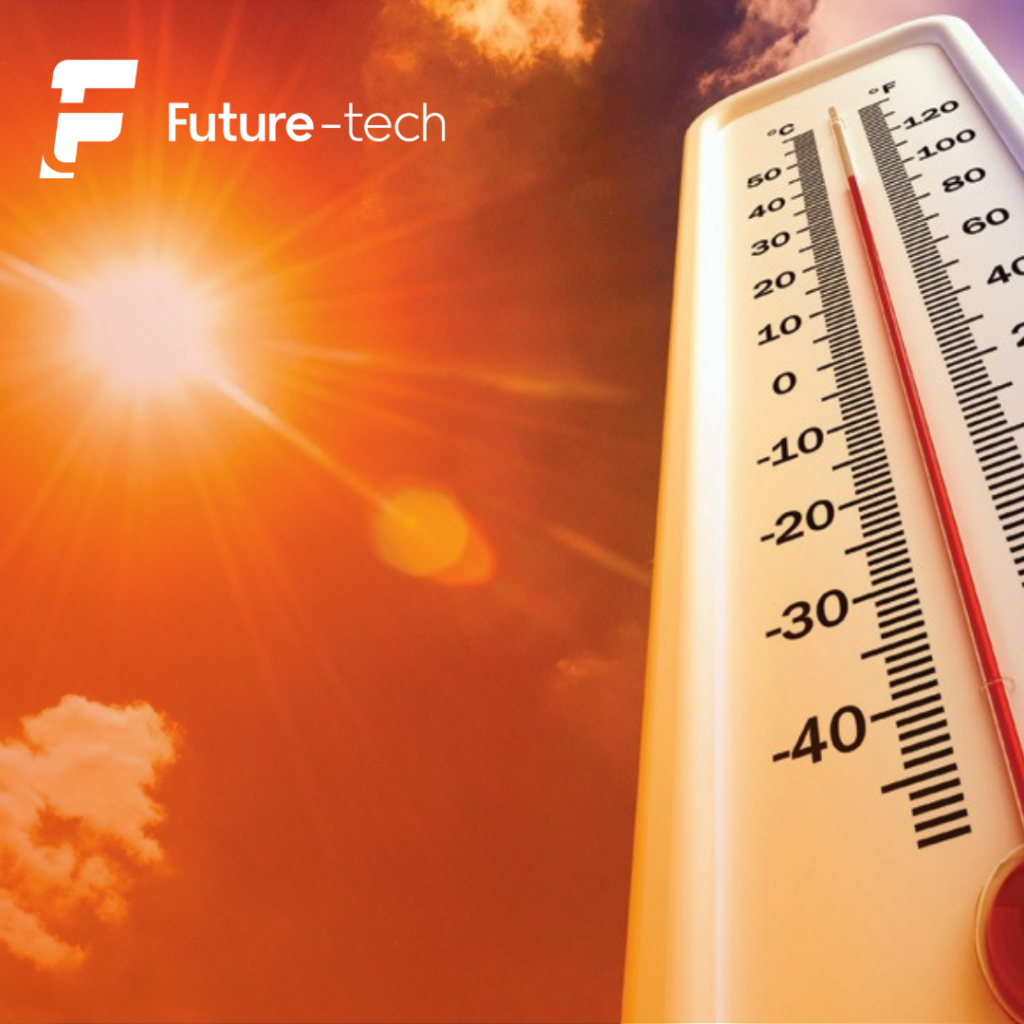Services – Power
Generators
Whilst your Uninterruptible Power Supply system ensures your IT equipment remains unaffected by short-term power outages, it is both uneconomic and impractical to size batteries for more than 15 or 20 minutes of full load operation on most data centre facilities. What is more, unless you have the cooling system on a UPS (which will increase the batteries required considerably) then most modern data centres will overheat within a short time.

About Data Centre Generators
One solution to this is to instigate a graceful shut down of the IT systems, however in applications where this is not an option a cost effective and reliable solution is to install a standby data centre generator or generators, depending on the size and Tier level of your facility.
Data Centre Generators provide a cost effective and, providing they are maintained regularly, reliable form of onsite power generation. They can be configured in similar way to UPS systems using either N, N+1, 2N and 2N+1 redundancy.
Data Centre Generator Sizing and Capacities
The generator(s) should be sized to support the critical IT loads and their associated supporting infrastructure, such as cooling equipment. This enables the data centre to operate normally in the event of a prolonged power outage. Similar to UPS systems, a data centre generator’s capacities are also measure in killo Volt Amps (kVA). This can result in confusion when appropriately sizing generators to support facility loads that are measured in killo Watts (kW). Start up currents, power factors, step loads and a number of other factors must be considered when sizing generators to ensure they can deal with a facility’s critical electrical load.
Adequate fuel storage and a filling systems are also required to ensure the generator can maintain live systems. By sizing the fuel storage correctly and employing a robust re-fuelling strategy means a generator can keep your data centre operational during power-cuts of any duration.
Data Centre Generator Types
There are a number of data centre generators available for back up. The main difference with these systems is the type of fuel they are able to use. Diesel, Bio Diesel and Natural Gas have different advantages and disadvantages depending on your needs and environment. Understanding these will help you select the correct unit for your application.
Diesel Rotary UPS (DRUPS)
Diesel rotary UPS (DRUPS) systems combine the generator and the UPS into one unit. An alternator provides the power to the data centre and this is normally driven by the mains supply. In the event of power failure a large flywheel keeps the alternator rotating while the diesel engine starts. Once the engine is running a clutch engages and the alternator is driven by the engine.
Generator Applications
Although in the UK, generators are generally regarded as backup power supplies for when the local grid supply is cut this is not the case elsewhere in the world. Many countries have less reliable domestic power supplies and generators are seen as the primary source of data centre power. In cases such as this generators are referred to as Prime Sets and they are sized differently.
This is also the case if you want to achieve a Tier 4 certification for you data centre. In this instance the data centre’s generators are seen as the primary source of power.
Data Centre Generator Manufacturers
As Future-Tech is a vendor neutral company we have access and relationships with all the major Generator manufacturers. Below is a list of some of the manufacturers we have worked with over the years.
-
Cummins
-
FG Wilson
-
CAT
-
Perkins
-
AVK
-
SDMO
Noise – Data Centre generator engines are noisy so some form of acoustic treatment is essential. This can be from a standard enclosure which will typically give 82dB at 1 metre to purpose designed canopies able to meet whatever criteria is required.



